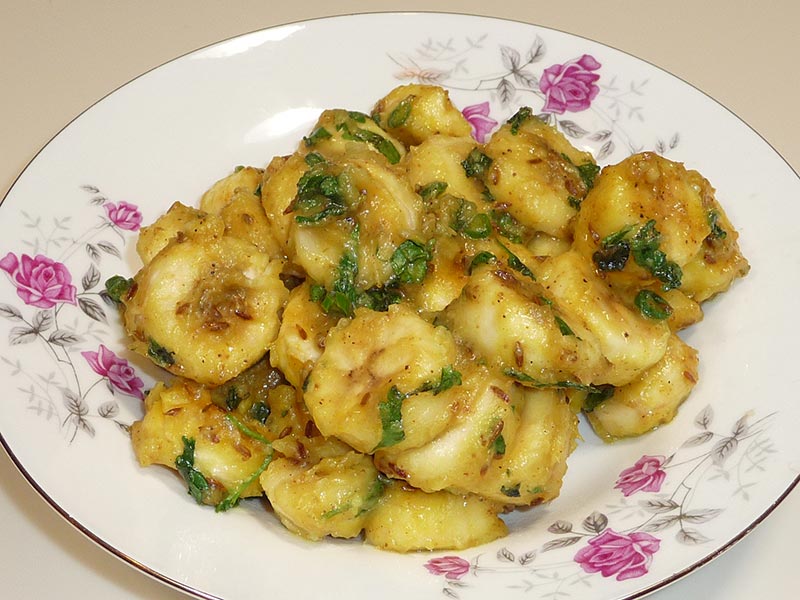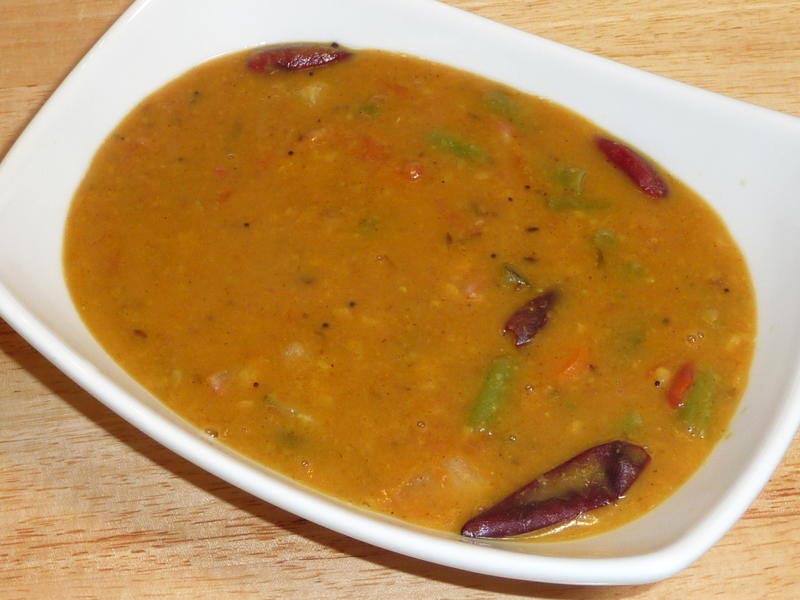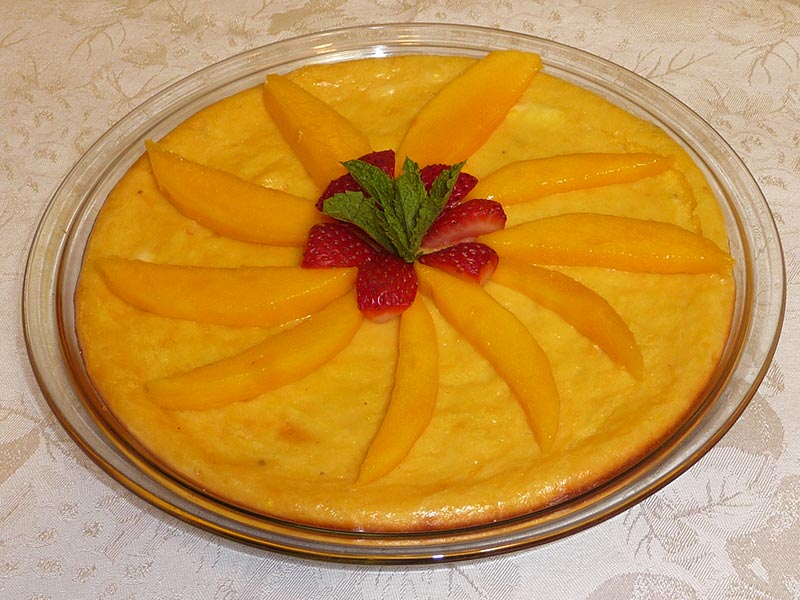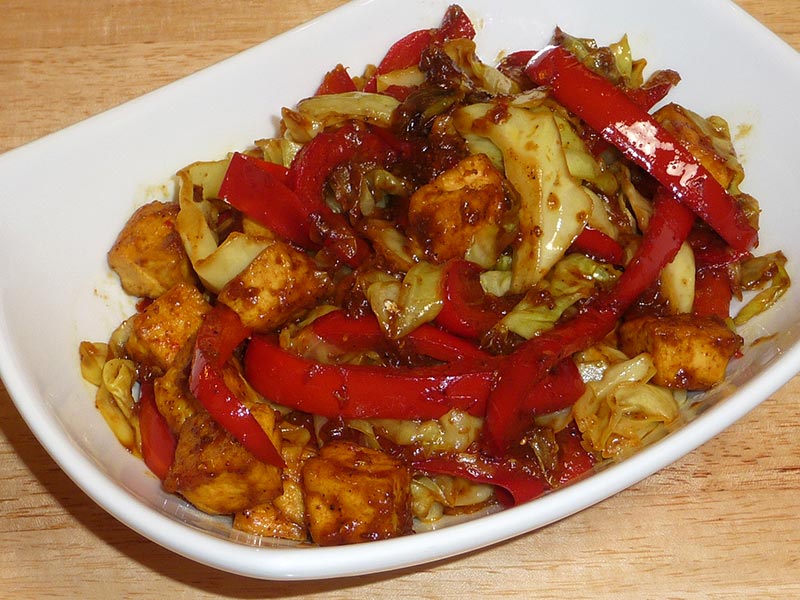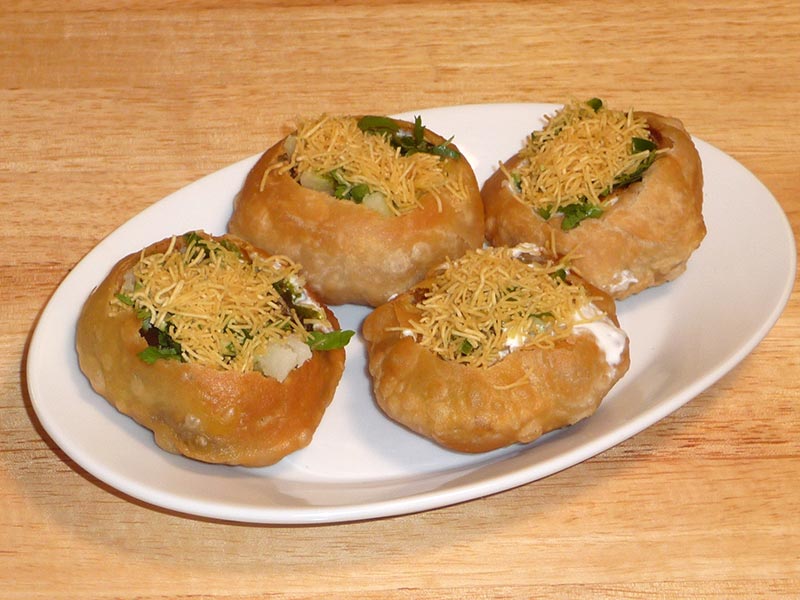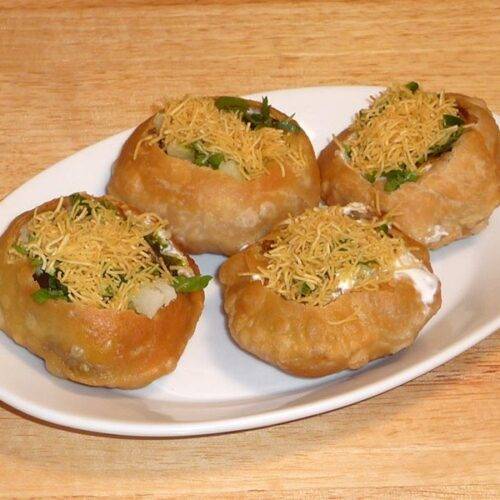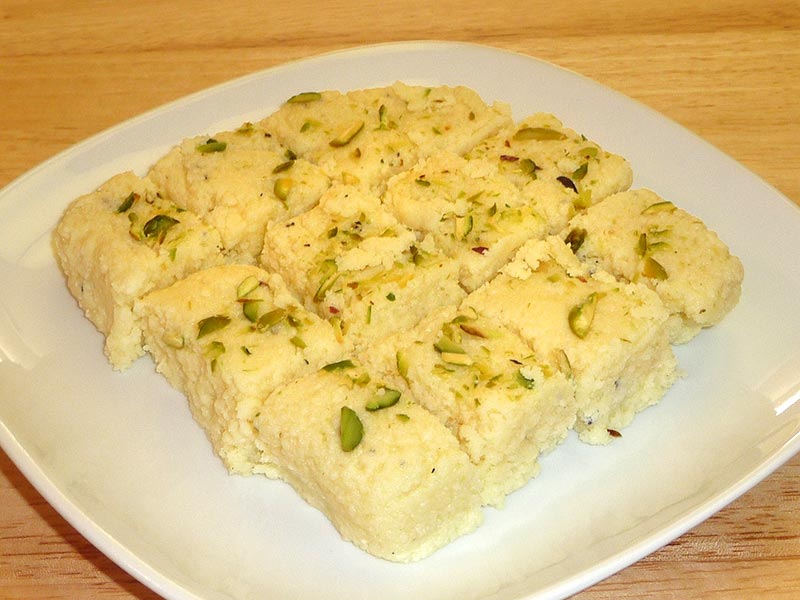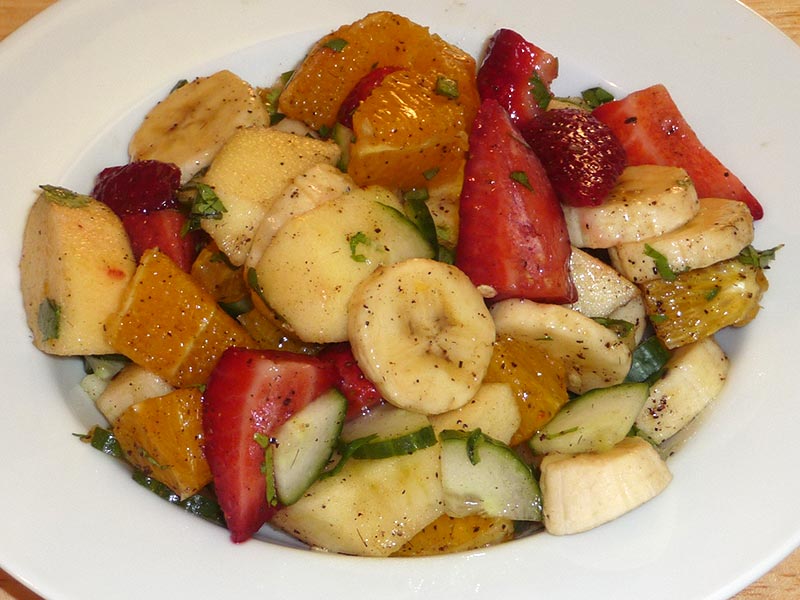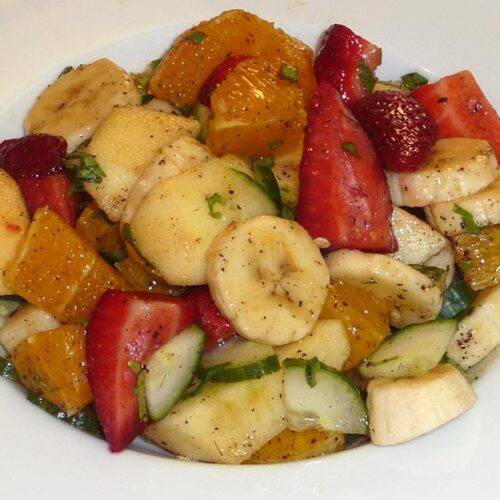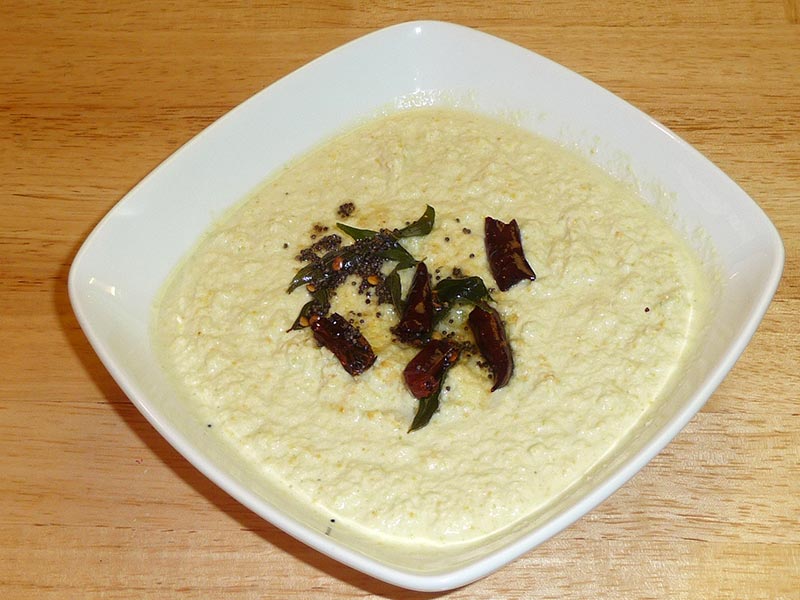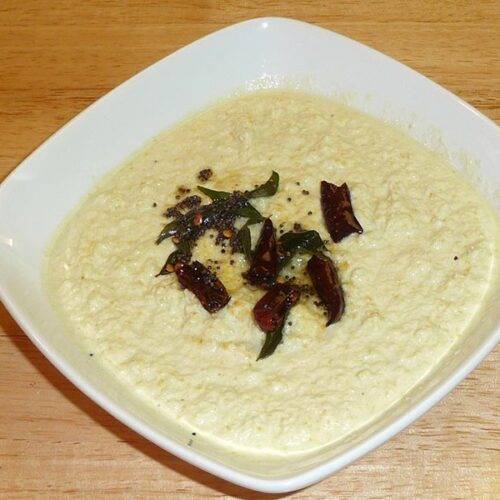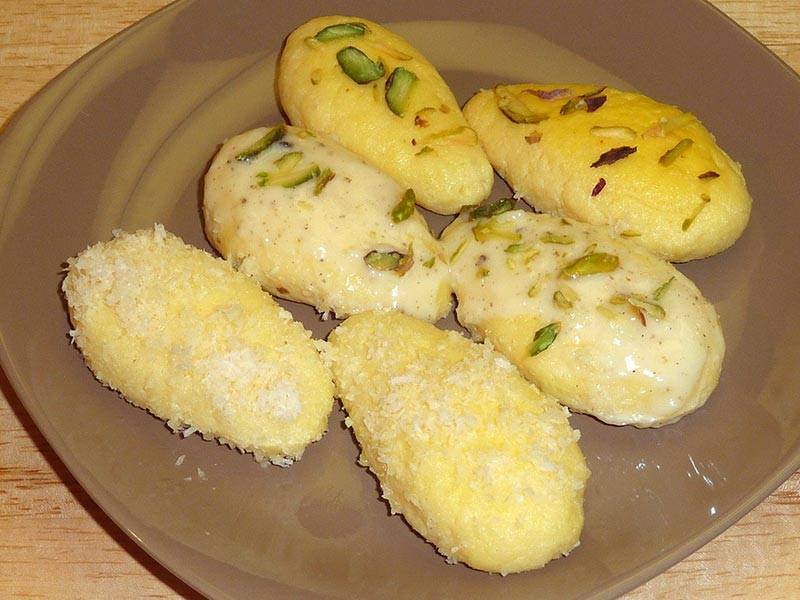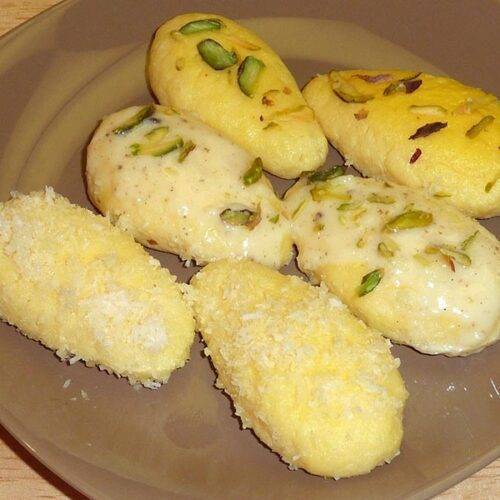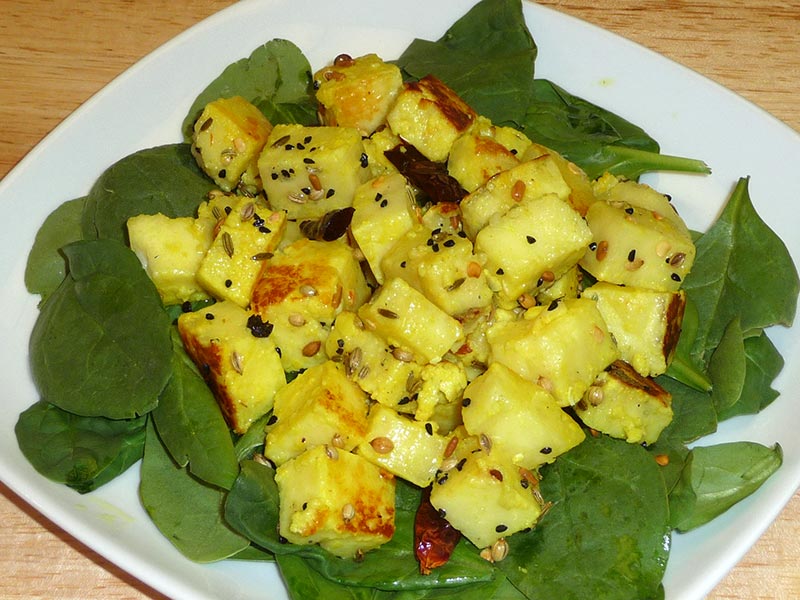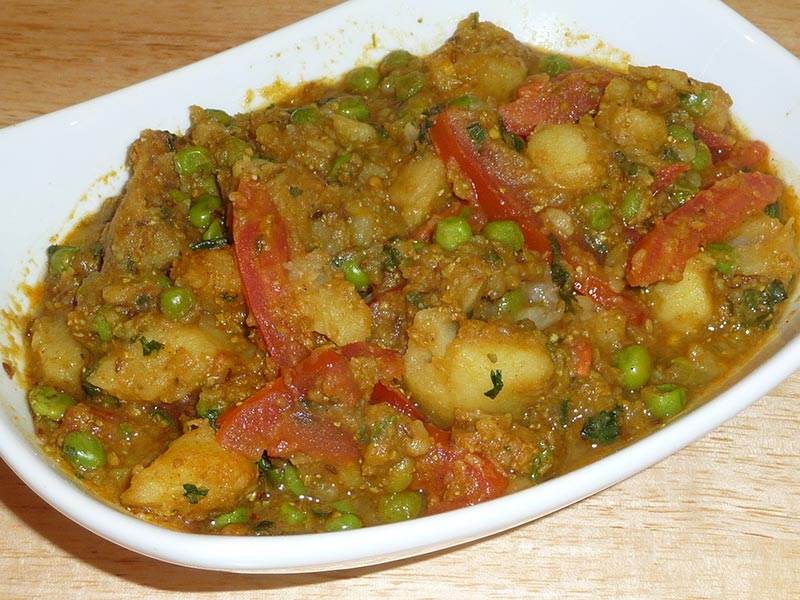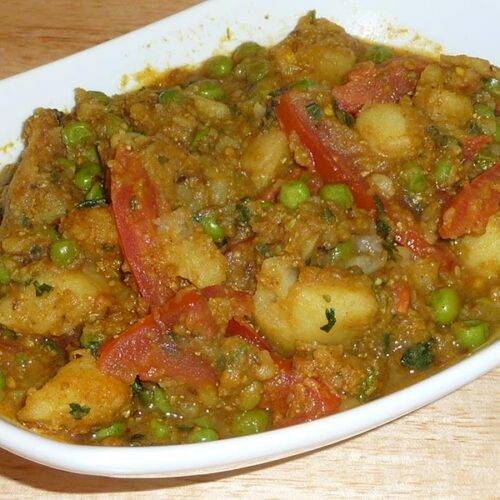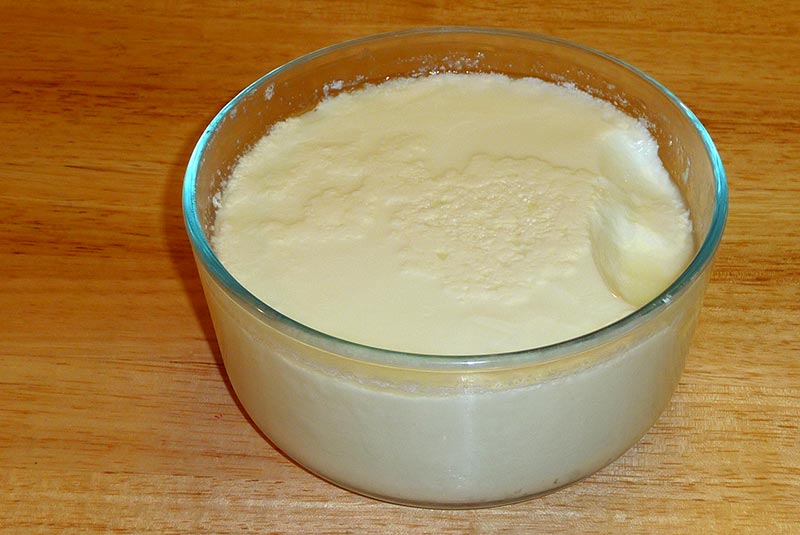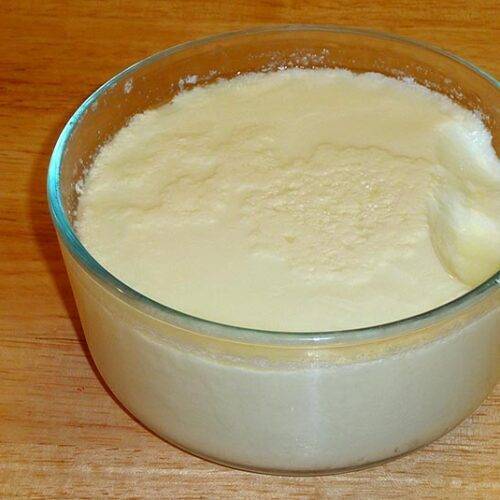Kela Ki Subji
Ingredients
- 3 ripe bananas peeled and sliced 1/2 inch thick approx. 3 cups of sliced banana
- 1 tbsp oil
- 1/2 tbsp cumin seeds (jeere)
- 1/8 tbsp asafetida (hing)
- 1 green chili minced, adjust to taste
- Pinch of turmeric (haldi)
- 1 tbsp finely chopped ginger
- 1/2 tbsp salt adjust to taste
- 1/2 tbsp mango powder (amchoor)
- 2 tbsp chopped cilantro (hara dhania)
- 2 tbsp water
Instructions
- Heat the oil in a sauce pan on medium high. Test the heat by adding one cumin seed to the oil; if seed cracks right away oil is ready.
- Add cumin seeds after seeds crack add asafetida, green chili and turmeric, stir for a few seconds.
- Add bananas, ginger, mango powder and water stir gently and cook only for a minute, don’t overcook otherwise banana will become mushy and watery.
- Turn off the heat and add salt and cilantro mix gently and serve.
Indulge in Kele Ki Subji: A Unique Indian Dish
Kele ki Subji, also known as banana curry, is a unique and flavorful Indian dish that combines ripe bananas with a blend of spices to create a sweet and sour vegetable curry. This kele ki subji recipe is perfect Vegetables Curry/Gravy recipe for those looking to try something healthy, vegan, different and delightful.
The Essence of Kele Ki Subji
The essence of kele ki subji lies in its balance of sweet and sour flavors, enhanced by a medley of spices. The ripe bananas add a natural sweetness and a creamy texture, while the spices and tangy elements create a harmonious and tantalizing flavor profile. This dish is a staple in Indian Cuisine and is for those having Vegetarian and Gluten-Free diets.
Origin and Popularity
Kele ki Subji has its roots in Indian cuisine, where bananas are used in a variety of savory dishes. This banana vegetable recipe is particularly popular in regions where bananas are abundant, and it offers a unique twist on traditional vegetable curries. The simplicity and distinct flavor of this dish have made it a favorite among those who enjoy experimenting with new flavors.
Why You’ll Love This Recipe
- Unique Flavor: Combines the sweetness of bananas with the tanginess of spices for a unique culinary experience.
- Nutritious: Packed with vitamins and minerals from the bananas and spices.
- Easy to Make: Simple ingredients and straightforward steps make this recipe accessible.
- Perfect for Any Occasion: Ideal for everyday meals or special gatherings, fitting well into Family-Friendly and Kid-Friendly categories.
Variations of Vegetable Recipes
Exploring Manjula’s Kitchen reveals a treasure trove of other delicious vegetable recipes that you might enjoy. Here are some related dishes that you might find interesting:
- Aloo Gobi: A classic Indian dish made with potatoes and cauliflower cooked with spices.
- Bhindi Masala: A flavorful dish made with okra and a blend of spices.
- Baingan Bharta: A smoky and flavorful dish made with roasted eggplant and spices.
- Gajar Matar: A simple and healthy dish made with carrots and green peas.
- Palak Paneer: A popular dish made with spinach and paneer in a creamy sauce.
Serving Suggestions
Kele ki subji can be enjoyed in various ways:
- With Indian Breads: Serve with roti, naan, or paratha for a satisfying meal.
- With Rice: Pair with steamed basmati rice or jeera rice.
- As a Side Dish: Enjoy as a side with other Indian dishes.
- With Raita: Add a side of plain yogurt or raita to balance the flavors.
Tips and Tricks
To perfect your kele ki subji recipe, consider these helpful tips:
- Use Ripe Bananas: Ripe bananas are essential for achieving the perfect sweetness and texture.
- Balance Flavors: Adjust the amount of spices and tangy elements to suit your taste preference.
- Cook Gently: Be careful not to overcook the bananas to maintain their shape and texture.
- Experiment with Spices: Try adding different spices to customize the flavor of the dish.
FAQs Frequently Asked Questions
Can I Use Green Bananas?
For this recipe, ripe bananas are recommended to achieve the sweet and creamy texture. Green bananas will not provide the same flavor profile.
What Can I Serve With Kele Ki Subji?
Kele ki subji pairs well with Indian breads like roti, naan, and paratha, as well as with rice dishes like basmati rice or jeera rice.
Is Kele Ki Subji Vegan?
Yes, this recipe is naturally vegan and gluten-free.
How Long Does Kele Ki Subji Last?
Store any leftovers in an airtight container in the refrigerator for up to 2 days. Reheat gently before serving.
Can I Add Other Vegetables?
Yes, you can add other vegetables like bell peppers or carrots for added flavor and nutrition.

